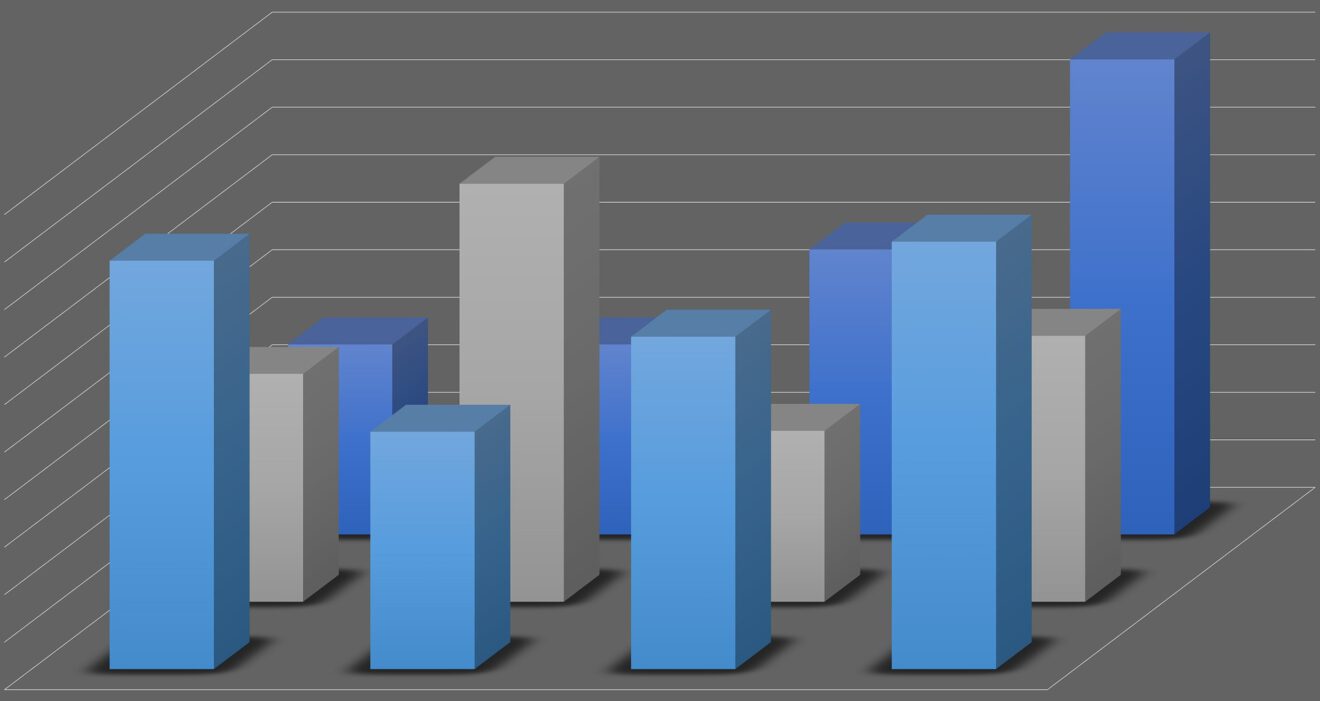Each month, When Growth Stalls examines why businesses and brands struggle and how they can overcome their obstacles and resume growth. Steve McKee is the president of McKee Wallwork + Co., an advertising agency that specializes in working with stalled, stuck and stale brands. The company was recognized by Advertising Age as 2015 Southwest Small Agency of the Year. McKee is also the author of “When Growth Stalls” and “Power Branding.”
SmartBrief offers more than 200 newsletters, including SmartBrief on Leadership and newsletters for small businesses and marketers and advertisers.
What’s the ROI? Wrong question
I recently attended a conference at which a CMO presented a compelling case study about her company’s recent rebranding initiative. She shared the history, strategy, execution and encouraging progress she’d made refreshing what had by all accounts become a tired, outdated brand.
She also shared some of the difficult conversations she engaged in along the way, particularly with colleagues on the management team regarding the initiative’s resource needs. She heard, more than once, the CMO-stumping, progress-stopping question that so often derails new initiatives, kills big ideas, and discourages people who are trying to make progress: “What will the ROI on that be?”
In this situation, as in many others, that was the wrong question.
Don’t get me wrong. I’m a businessperson just like you are, and I don’t invest in anything if I don’t think it will pay off. That said, there’s a difference between being convinced something will generate a positive return and being able to quantify exactly what that return will be. Some things can be measured. Some things can’t.
According to Interbrand, Apple is the world’s most valuable brand, clocking in at $170 billion. That’s followed by Google at $120 billion and Coca-Cola at $78 billion. Interbrand’s valuation methodology is as thorough as it is complex, taking into account financial performance and forecasts, the brand’s influence on customer choice, and its strength relative to competition. That said, no one can say with certainty that the Apple brand is worth exactly what Interbrand says it is. Nobody knows.
But there’s one thing we do know: Apple and every other brand on that list are very, very valuable. So is your company’s brand, my company’s brand, and the refreshed brand of the conference speaker whose management team was clamoring for quantifiable ROI.
In the 2012 FedEx Ketchum Social Business Study, professionals from dozens of major corporations were asked to weigh in on the impact social media is having on business today. One statement in particular caught my eye: “While the search for a measurement solution goes on, 84 percent of survey participants agree there will always be some aspects of marketing that cannot be measured.”
I was stunned by that number — not the fact that 84% think some aspects of marketing can’t be measured, but that 16% apparently believe every aspect of marketing can be.
This type of thinking often bedevils struggling companies, as a loss of nerve leads them to attempt to calculate in advance the return on every move they make. But insisting that ROI always be quantified before a decision is made isn’t leadership; anyone can give the go-ahead when the return is certain. Leadership requires decision in the midst of ambiguity. Otherwise, you’ll likely shy away from or reject outright truly valuable opportunities.
In truth, there’s no simple way to measure the ROI of many initiatives. In the case of a rebranding effort you can measure short term gains in awareness, sales, customer preference and the like, but those alone may not justify the investment. Making a decision solely based on things that can be tracked on a spreadsheet may cause you to forfeit immeasurable long term effects.
When ROI can’t be calculated with reasonable certainty, don’t give into the temptation to fudge the numbers or, worse, kill the initiative. Instead, ask a second question: “What’s the RONI — the Risk of Not Investing?”
Choosing to devote resources to something new may be expensive, but choosing to not invest has a cost as well. How valuable would Apple be if the company hadn’t invested in the form as well as the function of the iPhone? How valuable would Google be if it hadn’t invested in user experience as well as its search algorithm? How valuable would Coca-Cola be if it hadn’t invested in pure brand messaging (yes, even including Super Bowl ads)? As these and other leading companies demonstrate, successful branding can generate ROI over the long term of 10X, 20X, or even 100X or more. Trying to calculate that up front is impossible.
Sometimes “What’s the ROI?” is the right question and sometimes it’s not. But asking “What’s the RONI?” is never wrong. It, too, is likely unquantifiable, but at least it makes it a fair fight.
How much do you love your spouse? What’s the value of poetry? What will a vacation do for your productivity? Some things can’t be measured, but that doesn’t mean they’re not valuable. In fact, sometimes unmeasurable things are the most invaluable.
